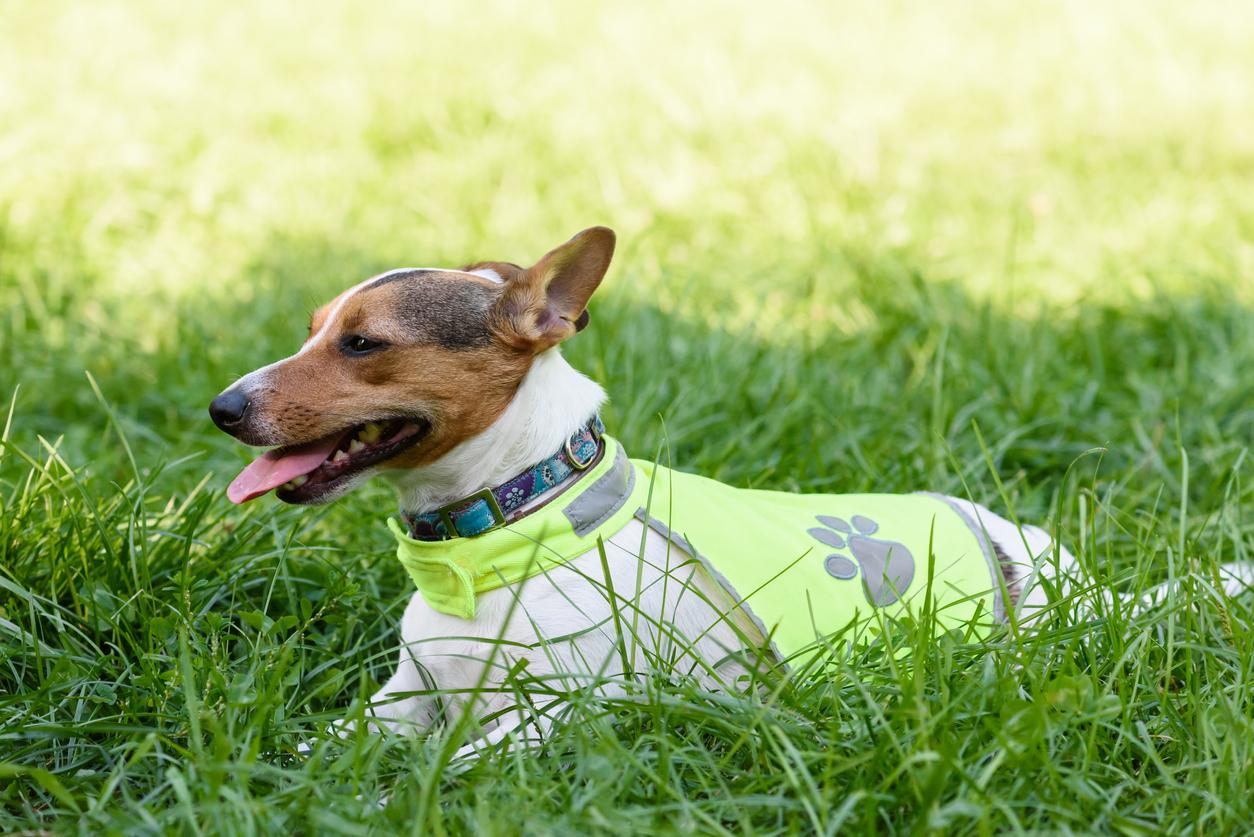In the digital age, businesses are continually searching for innovative ways to boost their brand awareness. Geofencing and location analytics have emerged as powerful tools that not only help companies connect with their target audience but also provide valuable insights for brand awareness research. In this article, we will explore the significance of geofencing and location analytics in the world of marketing and how they can be utilized as invaluable research tools.
Understanding Geofencing and Location Analytics
Geofencing is a location-based marketing technique that involves the use of GPS, RFID, or other location-based technology to define virtual boundaries or “fences” around real-world geographical areas. When a user’s device enters or exits these predefined geographic zones, it triggers a response, such as a push notification, SMS, or targeted advertisement.
Location analytics, on the other hand, is the process of collecting and analyzing data related to the physical locations of consumers or assets. This data can include information on foot traffic, dwell times, and consumer behavior within specific locations.
Why Geofencing and Location Analytics Matter
- Precision Targeting: Geofencing allows businesses to target their audience with pinpoint accuracy. By defining specific geographic areas, companies can ensure that their marketing efforts reach only the most relevant potential customers.
- Real-Time Engagement: Geofencing enables real-time engagement with consumers. When someone enters a geofenced area, they can receive immediate notifications or offers, enhancing the chances of interaction and conversion.
- Personalized Marketing: Location analytics help in understanding consumer behavior within physical spaces. This information can be used to tailor marketing messages and offers to individual preferences.
- Competitive Advantage: Companies that leverage geofencing and location analytics gain a competitive advantage. These technologies enable businesses to adapt quickly to changing market conditions and consumer preferences.
Applications in Brand Awareness Research
- Event Promotion: Geofencing is particularly valuable for promoting events. Businesses can create virtual fences around event venues or relevant locations to target potential attendees with event information and promotions.
- In-Store Promotion: Retailers can use geofencing to engage with customers inside their stores. When customers enter a store, they can receive notifications about discounts, new arrivals, or loyalty program benefits.
- Competitor Analysis: Location analytics can provide insights into competitor foot traffic. Businesses can gain an understanding of where their competitors’ customers are coming from and tailor their marketing strategies accordingly.
- Customer Profiling: By analyzing location data, companies can create detailed customer profiles based on their physical movements and behaviors. This information can be used to segment the audience for more effective targeting.
Practical Examples
- Starbucks: The coffee giant Starbucks has successfully used geofencing to enhance its customer loyalty program. When a Starbucks app user enters a geofenced area (near a Starbucks store), they receive personalized offers and rewards, encouraging repeat visits and brand loyalty.
- IKEA: IKEA utilized location analytics to optimize store layouts. By analyzing customer movement patterns within their stores, they were able to reconfigure aisles and displays for a more efficient shopping experience, increasing customer satisfaction.
- Local Businesses: Small businesses like restaurants and cafes can benefit from geofencing by sending targeted promotions to potential customers in their vicinity. This strategy can help attract foot traffic and boost sales.
Challenges and Considerations
While geofencing and location analytics offer immense benefits, there are some challenges and considerations to keep in mind:
- Privacy Concerns: Collecting and using location data must be done transparently and with respect for user privacy. Compliance with data protection regulations is crucial.
- Data Accuracy: The accuracy of location data can vary, depending on the technology used and other factors. Inaccurate data can lead to ineffective marketing efforts.
- Message Relevance: Overuse of geofencing notifications can irritate users and lead to opt-outs. It’s essential to strike a balance and ensure messages are relevant and valuable.
- Data Security: Handling location data requires robust security measures to protect sensitive information from potential breaches.
In conclusion
geofencing and location analytics have revolutionized the way businesses approach brand awareness research and marketing. These technologies offer precision targeting, real-time engagement, and valuable insights into consumer behavior. When used effectively, they can significantly enhance a brand’s visibility and engagement with its audience. However, it’s essential for businesses to navigate the challenges and considerations associated with these tools, particularly regarding privacy and data accuracy. As the digital landscape continues to evolve, geofencing and location analytics will remain essential components of any successful brand awareness strategy, helping businesses stay ahead in an increasingly competitive marketplace.








